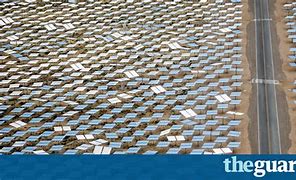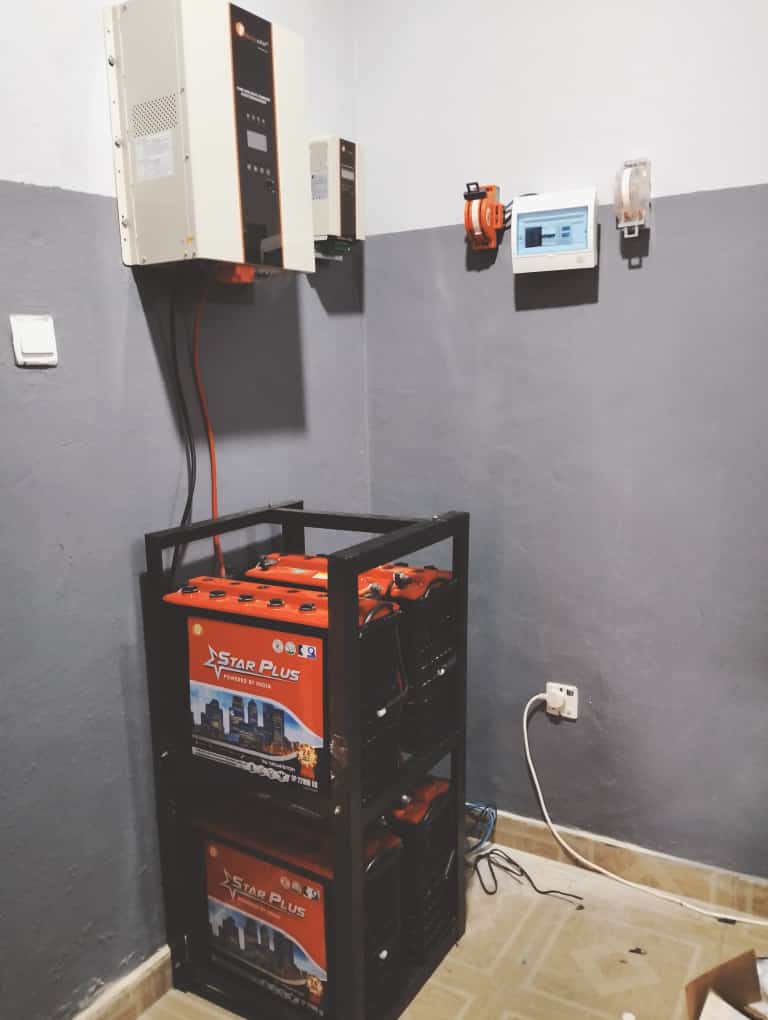There’s a chance about the future solar energy that the sun and other low-tech elements like pebbles will be used to create the next generation of sustainable energy technologies. Which is quite interesting, imagine, rocks as solar energy collectors.
By storing solar heat using a novel technique called concentrated solar power, food can be dried or energy can be produced. Some soapstone and granite samples from Tanzania, according to a team publishing in ACS Omega, have high energy densities and are stable even at high temperatures, making them ideal for storing this solar heat.

When not in use, energy is frequently stored in huge batteries, but these can be pricey and consume a lot of resources to produce. Thermal energy storage (TES), a less sophisticated option, stores energy as heat in a liquid or solid, such as water, oil, or rock. The heat can drive a generator to generate electricity when it is released. Rocks like granite and soapstone, which are widespread and specially created under great temperatures, may be suitable TES materials.
However, their properties can vary greatly based on where in the world they were formed, possibly making some samples better than others. In Tanzania, the Craton and Usagaran geological belts meet, and both contain granite and soapstone. So, Lilian Deusdedit Kakoko, Yusufu Abeid Chande Jande and Thomas Kivevele from Nelson Mandela African Institution of Science and Technology and Ardhi University wanted to investigate the properties of soapstone and granite found in each of these belts.
The team collected several rock samples from the belts and analyzed them. The granite samples contained a large amount of silicon oxides, which added strength. However, the Craton granite contained other compounds, including muscovite, which are susceptible to dehydration and could make the rock unstable at high temperatures.
The soapstone contained magnesisite, which gave it a high density and heat capacity. Both soapstone samples and the Usagaran granite remained solid at temperatures over 1800 degrees Fahrenheit, but the Craton granite crumbled. Furthermore, the granite proved less likely to release its heat-stored energy than the soapstone. All things considered, the Craton soapstone performed the best as a TES, effectively absorbing, storing, and transmitting heat while keeping good chemical stability and mechanical strength.
The other rocks, however, would be more appropriate for a TES use requiring less energy, like a sun dryer. These samples, according to the researchers, show good potential as a sustainable energy storage material, even if more testing is required.
Conclusion
Having a breakthrough of making rocks as solar energy collectors would mean a huge deal and so much possibilities for the future generations. Let us know your thoughts on these in the comment sections. Thank you.

